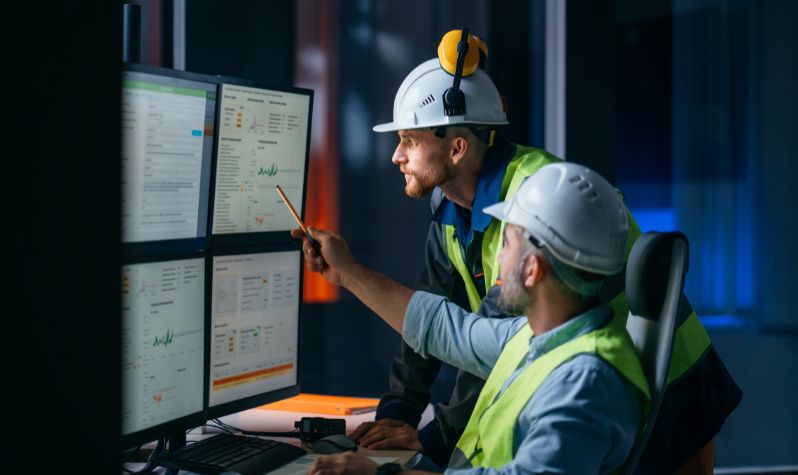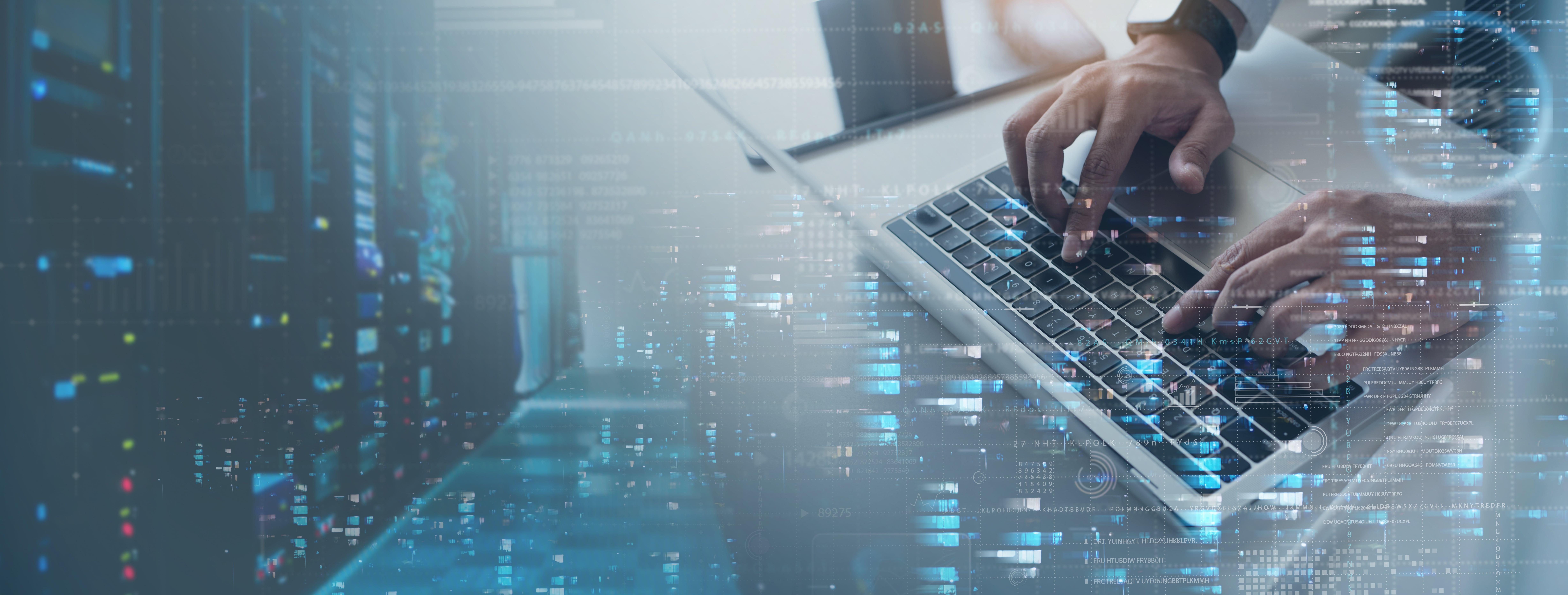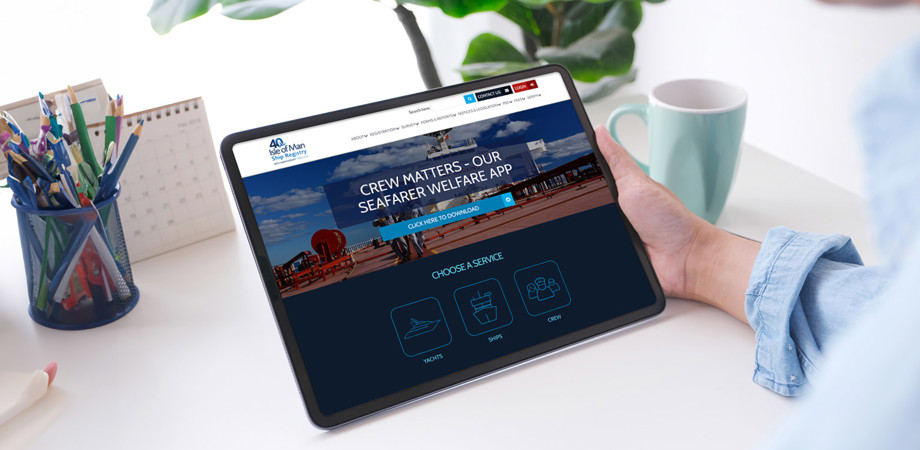
Sector
Engineering & Manufacturing

Service
Legacy Software Modernisation
The client
Hardware manufacturer
Renowned for their reliability and durability, the manufacturer produces innovative products that are used globally by both professionals and DIY enthusiasts alike. With a strong global presence, the company exports its products to customers worldwide from their facilities in the UK.
The challenge
Legacy systems stifling progress
The manufacturer's ERP system, implemented over 25 years ago, has been integral to managing operations, including product data, stock levels, sales orders, time records, and financial information. Despite ongoing feature updates, the system's underlying technology has become obsolete, presenting significant support and security challenges. The green-screen interface is outdated, posing usability issues for new employees accustomed to modern interfaces, and lacks graphical data representation, hindering business decision-making. Additionally, the legacy system's compatibility issues with newer technologies and devices further complicated its continued use.
The solution
A smooth transition to a modern system
To address these challenges, PDMS leveraged its two-decade-long partnership with the manufacturer to modernise the ERP system. Understanding the company's needs and data structure allowed PDMS to rearchitect the ERP system while maintaining the existing database. The new ERP system was developed in a contemporary coding language and deployed on a modern technology stack within a private cloud. This dual-system approach enabled simultaneous operation of both old and new systems, facilitating a gradual and risk-averse transition.


The project
PDMS meticulously planned the ERP transition to minimise business disruption. By re-architecting the ERP to operate alongside the legacy system, they enabled a phased migration of users and departments. This strategy involved analysing existing functions, coding them into the new system, and providing training on the new graphical user interface (GUI). As users became comfortable, functionality was incrementally rolled out, reducing reliance on the outdated system, and easing the maintenance burden on the in-house IT department.

The results
The phased approach prevented production downtime and financial loss, which can occur with a sudden system switch. Additionally, the managed service hosting arrangement ensures business continuity through resilient design. PDMS continues to collaborate with the manufacturer, progressively migrating processes and creating new functionalities to drive further efficiency and value.
The benefits
The new ERP system has already yielded significant improvements and efficiencies. Users report substantial time savings in meetings due to the enhanced graphical representation of daily worksheets and the ability to generate and amend reports instantly. In addition, the ongoing project not only meets the current technological needs of the manufacturer but also positions them for future growth and innovation to meet growing customer demand and stay ahead in the competitive market.
Related casestudies

Digitalising an international registry to drive the business forward

